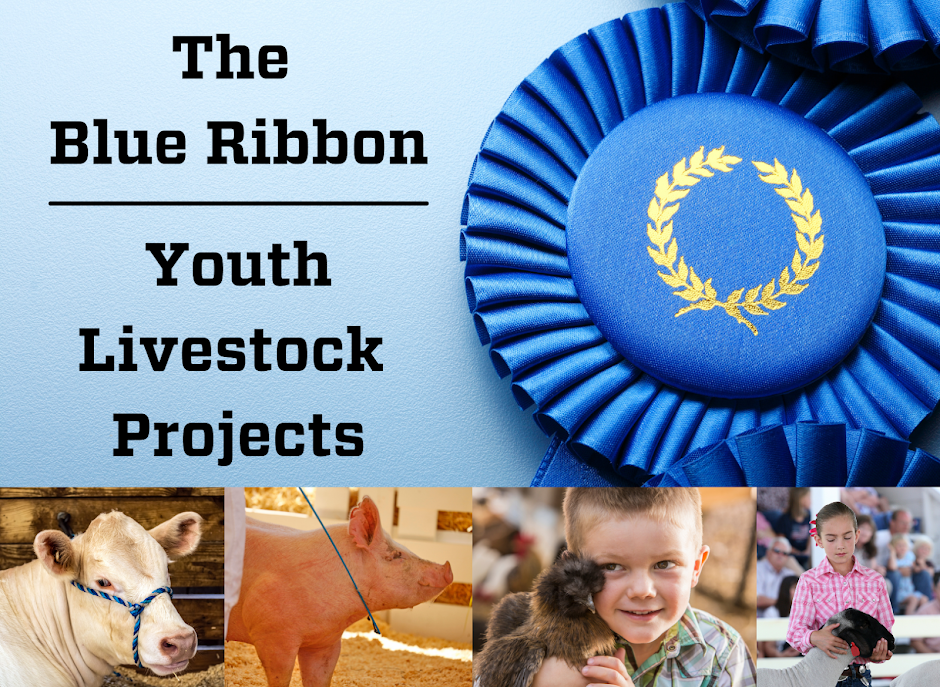So what are some of those dangers we seem to forget to look out for. Here are a few things to think about when doing your daily chores with your projects.
Animal Hazards
The longer we have animals, the more comfortable they are with us, and we are with them. We enter and exit pens, love on them, feed them, work them and even play with them. The thing we tend to forget is everyday they are growing and getting bigger. This means they will have more power to hurt us or someone else, even if your animal is just playing.
We need to pay attention to our animals. Watch their body language and understand what they are doing. Here are some examples:
- A pig or lamb who is used to waiting by the feeder and pushing by you to eat when they are little may run you over to get to their feed when they are bigger.
- Games we played with our animals when they are little, like pushing on our baby goat's head when they try and butt us, can turn into a painful problem when they want to butt at a mature size.
- A heifer who was very easy going may become aggressive and protective once she has a calf.
Equipment we use in the barns and with our animals can become very familiar to us. Good habits we once had get replaced with bad ones because we become lazy. Safety also goes by the wayside when we get in a hurry. We need to remember a few basic things about our equipment.
- Put equipment away when not in use. Equipment can take up space and cause a hazard just by being out. Rakes, shovels, water hoses, electric cords, buckets and other small equipment can trip someone if they are just laying on the ground.
- Check the condition of equipment before using it. Minor problems can become big problems. Leaking hoses create wet spots for us to slip in. Cracked electric cords could shock us. Broken tools may hurt us when we try and use them.
- Make repairs immediately. It does not matter if it is small damage and something still works, or a big problem that causes a major danger, it should be repaired quickly, before the next use. If it cannot be repaired, do not use that equipment, or tool until the repair is done.
Barns, pens, gates and fences can become damaged and worn over time. This can create hazards to us and our livestock. We need to keep these structures in good repair.
- Fences need to be checked often to look for damage and repaired quickly. A fence may not be broken to the point an animal can get out, but they may hurt themselves on the damage.
- Gates and doors need to be able to open easily, and to close and stay securely closed or locked. If they are in bad shape, an animal escape may be in the near future.
- Barns, sheds and pens should be repaired when a problem or damage is found. Loose, damaged or missing nails, screws, boards, metal, can cause cuts, scrapes, bruises or stab both animals and people. In the worst case, these damages can make the structure unsafe for animals and people to be in or near.
If you are unsure something is safe, ask someone who would know. It might be your neighbor, a family member, a friend or even a professional like an electrician, carpenter or fireman. There is always someone to ask for help and someone willing to help.
Be safe, everyday!
Scott Stinnett
Extension Associate
Kit Carson County
Golden Plains Area
Colorado State University Extension
